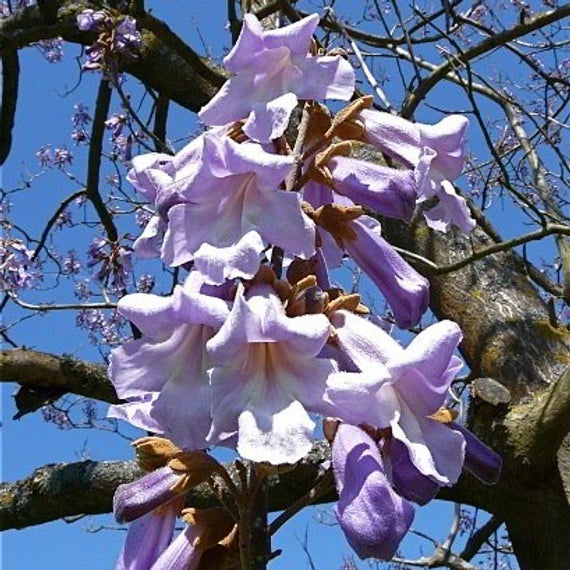Alas, this marks the beginning of our last week at this CFE.
Today our groups are busy brainstorming and putting together our plans for our big WORKSHOP this Saturday! We have some really cool activities lined up for you, make sure you make it!
Since today is spent planning our weekend workshop, and since I don't want to share any spoilers, today I thought I would blog about various plants in the UBC garden. Last week I covered some weeds (or, unplanned plants) so today is about the planned ones.
- A beautiful tree native to China, where historically it was used for oriental, medicinal, and timber purposes.
- Used for timber, you say? Oh yes. This tree grows FAST. It can grow up to 15 ft in a single year!
- Not only that, but this tree is often found growing in areas that are normally difficult for other plants, like steep rocky slopes.
- It is so durable, that it actually thrives in poor soils, and is even "drought and pollution tolerant"
- Because of it's fast growing and hearty nature, it is actually an invasive tree that is "destroying native ecosystems from Maine to Florida and Texas, as well as the Pacific Northwest"!
- Because of it's fast growing and hearty nature, it is actually an invasive tree that is "destroying native ecosystems from Maine to Florida and Texas, as well as the Pacific Northwest"!
Invasive? Destroying?? But it's such a gorgeous, elegant tree!
.... kind of makes you think twice about what you call "weeds" now, doesn't it? ;)
(link) : more info found here
.... kind of makes you think twice about what you call "weeds" now, doesn't it? ;)
(link) : more info found here
Bamboo (chimonobambusa tumidissinoda) aka Chinese Walking Stick
(Today, most of UBC's bamboo originates from China)
- You may already be aware, but bamboo is being looked at as a sustainable solution to the timber industry because of it's speed of growth.
- Bamboo is almost as strong as steal! This makes it a much more eco-friendly option for building purposes.
- Bamboo is almost as strong as steal! This makes it a much more eco-friendly option for building purposes.
- There's only one draw-back: it absorbs a lot of water. This, over time, will cause it to wear down in a way that steal wouldn't.
- So while you wouldn't want to build the frame of a skyscraper out of it, you could still use it as the "wood" flats of a decorative roof and the like.
- Another use for bamboo is to grow as a "fence" between lots. A friend of mine does that on her property; it gives her privacy, all the while acting as a living organism providing oxygen and nutrients for the garden.
- Much like our Empress Tree, bamboo can also be very tricky to maintain. It can grow to full maturity in only 90 days! And once you have shoots in an area, it's nearly impossible to rid it. So my friend who uses it as a fence will forever be "pruning" her fence to keep in under control. Great for if you're looking to use it for timber purposes, though!
- - - - - - - - - - - - - - - - - - - - - - - - - - - - - - - - - - - - - - - - - - - - - - - - - - - - - - - - - - - - - - - - - - - - - - - - -
So how would we use this information in the classroom? It would be my intention to increase students' attitude on what exactly makes something a "weed", and how can we move into a mindset that holistically understands the ecosystem from more than just the human perspective. It's a bit of a colonial mindset to assign certain plants as always "useful" or always "weeds", when in fact there may be more factors at plat (For example, dandelions are great pollinators for the bees!)
Again taking a step back from what we think we know as humans, I would ask the students to try to even consider the large, majestic Empress Tree as a "weed"; I know I would have a very hard time doing so while standing under its greatness.
Again taking a step back from what we think we know as humans, I would ask the students to try to even consider the large, majestic Empress Tree as a "weed"; I know I would have a very hard time doing so while standing under its greatness.
I would ask the students to imagine how an untamed bamboo may affect an ecosystem. I am a huge advocate for increasing the use of bamboo as timber, and for ending the reign of deforestation, but I would hope the next generation would be critical thinkers who try to look at all factors, even in a "good idea".
-Amy






No comments:
Post a Comment